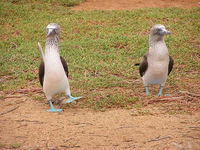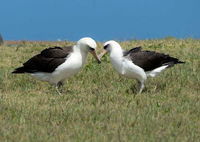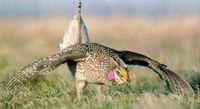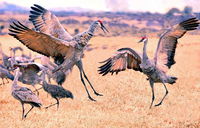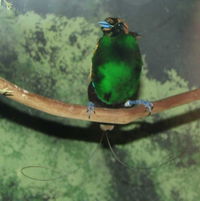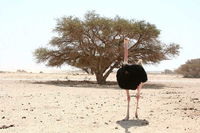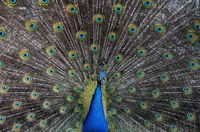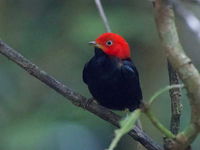
Dancing the Carinosa Is for the Birds Quiz
The carinosa is a Philippine courtship dance of Hispanic origin. However, courtship dances are also very prevalent in the bird community! Many species of birds put on elaborate dancing moves as part of the mating process.
by stephgm67.
Estimated time: 3 mins.
- Home
- »
- Quizzes
- »
- Animal Trivia
- »
- Wild Birds
